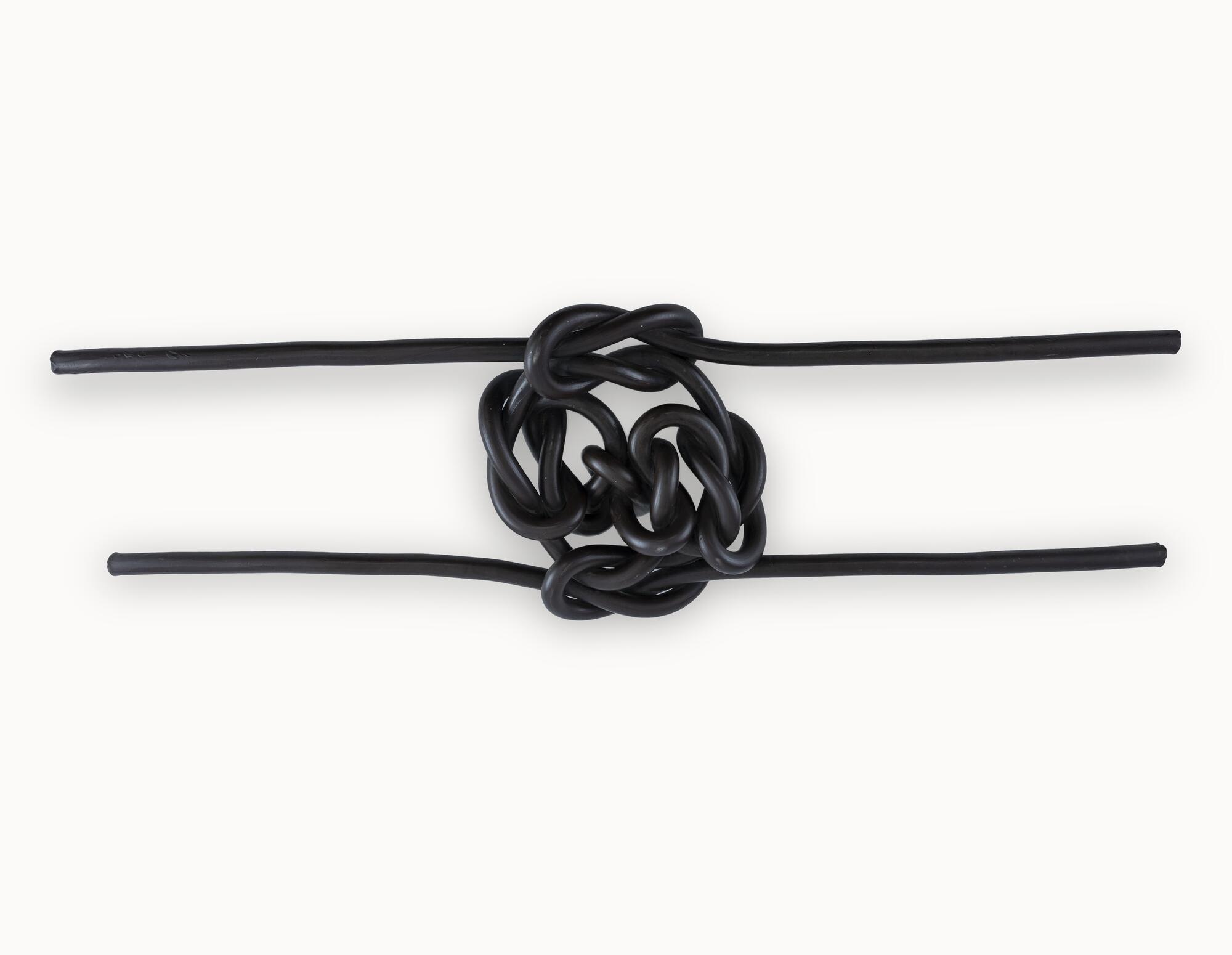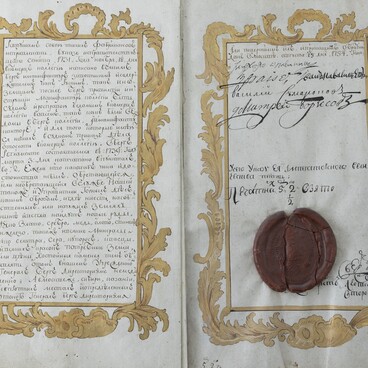The eightfold steel bend is the most complex one in the country’s history. It was made at the Zlatoust Arms Factory. The bend was made from two long steel bars with a diameter of 20 millimeters.
This exhibit is a combination of eight different knots, including a straight knot and a weaver’s knot. The four rods extend for 40 centimeters from the bend. The bending was performed when the metal was still hot so that no traces of hammer blows were left on the surface.
The eightfold bend demonstrated the high ductility of Zlatoust steel, which was bent repeatedly during the manufacture but never sustained a single crack. The steel bend was made by Andrey Ivanovich Starikov, a senior artisan of the bladed weapons shop of the Zlatoust Arms Factory.
Andrey Starikov was known as one of the best blacksmiths in Zlatoust. In 1904, he was awarded a silver watch by Emperor Nicholas II of Russia. The steel bend was made for the World’s Fair, organized in Paris in 1900. The exhibition was held from April 15 to November 12, and over 50 million people visited it throughout those seven months. To this day, this number holds a record.
35 countries presented their products in 18 thematic sections of the Paris Exhibition. The participation of the Russian Empire was especially significant. The Zlatoust Arms Factory exhibited about 90 types of bladed weapons and products for “decoration purposes”. The item displayed in the museum was one of them. The factory also presented household items — canes, cigarette cases, match holders, and knives, just like at the industrial and art exhibition in Nizhny Novgorod four years earlier.
The products from Zlatoust were awarded a diploma, that came with a gold medal. In 1900, after the exhibition ended, the bend was transferred to the museum of the Zlatoust Mining District. In the 1920s, along with other exhibits, it entered the Zlatoust Regional Museum of Local Lore.
This exhibit is a combination of eight different knots, including a straight knot and a weaver’s knot. The four rods extend for 40 centimeters from the bend. The bending was performed when the metal was still hot so that no traces of hammer blows were left on the surface.
The eightfold bend demonstrated the high ductility of Zlatoust steel, which was bent repeatedly during the manufacture but never sustained a single crack. The steel bend was made by Andrey Ivanovich Starikov, a senior artisan of the bladed weapons shop of the Zlatoust Arms Factory.
Andrey Starikov was known as one of the best blacksmiths in Zlatoust. In 1904, he was awarded a silver watch by Emperor Nicholas II of Russia. The steel bend was made for the World’s Fair, organized in Paris in 1900. The exhibition was held from April 15 to November 12, and over 50 million people visited it throughout those seven months. To this day, this number holds a record.
35 countries presented their products in 18 thematic sections of the Paris Exhibition. The participation of the Russian Empire was especially significant. The Zlatoust Arms Factory exhibited about 90 types of bladed weapons and products for “decoration purposes”. The item displayed in the museum was one of them. The factory also presented household items — canes, cigarette cases, match holders, and knives, just like at the industrial and art exhibition in Nizhny Novgorod four years earlier.
The products from Zlatoust were awarded a diploma, that came with a gold medal. In 1900, after the exhibition ended, the bend was transferred to the museum of the Zlatoust Mining District. In the 1920s, along with other exhibits, it entered the Zlatoust Regional Museum of Local Lore.




